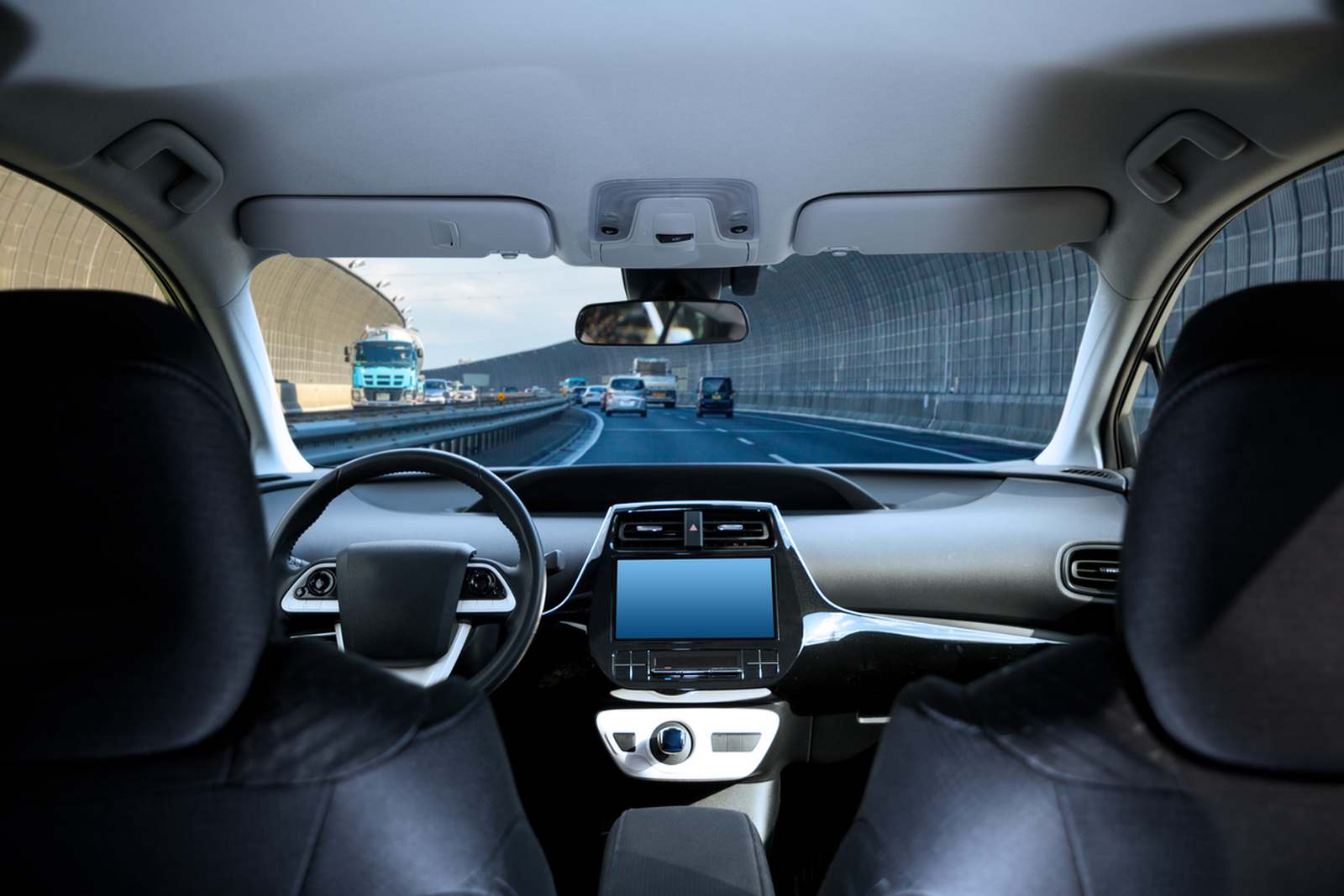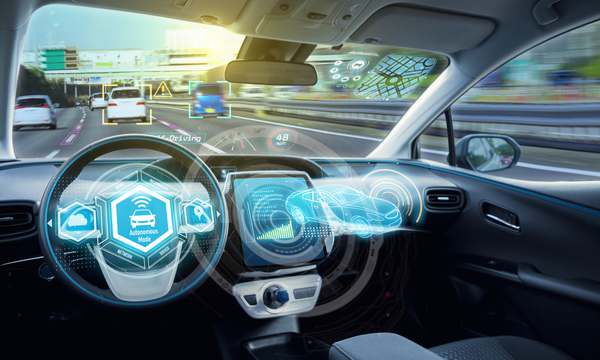
Self-driving cities
This article is from the CW Journal archive.
The idea of Smart cities is not new, but it is becoming fashionable again, and the impetus has come from a new source. In the early days the big corporates took a top-down smart city approach, selling multi-million pound projects to local authorities.
In the view of Mark Nicholson, CEO of smart city pioneers Vivacity this was because the big companies were taking a top down approach. There were too many unknown unknowns and they implemented systems for which there wasn’t a business case “a bit like building the cell tower infrastructure without giving anyone mobile phones”.
The new impetus has come from small companies solving parts of the smart city problem in a way that can be combined to build a citywide ecosystem. The new bottom-up growth comes from projects around Internet of Things and machine learning. Local authorities can find the budget to prove business cases for small projects, without having to commit to tens of millions of pounds. And once the case is proved it’s not a huge commitment to implement it.
One of the things that Nicholson says makes the start-up model easier is that the negotiations are with less senior people, and that means there is more attention to the project and benefits. “As opposed to the holistic system sold at a CTO level we’re selling to the head of Transport who’s a couple of rungs down and who can buy something that actually satisfies him”.

The technology Vivacity sells does vehicle recognition, allowing for better traffic management. It’s smart cameras with AI based image recognition provide much better data than induction loop sensors or people with hi-vis and clipboards. It’s more than the ability to count cars, bicycles, buses, taxis and trucks.
Just south of Blackfriars Bridge TfL (Transport for London) was looking at the cycle superhighway and trying to gather data on the number of cyclists there. They ran a number of trials of different kinds of technology. Nicholson explains, “We turned around and said ‘so can we perform fairly well in your cyclists’ trial but, by the way do you know how many vehicles and other kinds were going on the roads? And pedestrians on the pavements? Did you know that some cars are driving down the cycle lane?’ It’s about giving them that extra insight that they previously didn’t have access to.”
Vivacity’s goal is to gather better data to help local authorities to do better strategic planning to anticipate what’s going to happen next on the network. It helps them when they’re looking at building new roundabouts or carriageways by understanding how many vehicles of different kinds use the space.
There is scope for 5G to significantly improve the process. The solution Vivacity use is to do all the image processing in the camera. This helps with keeping the data anonymised because all identifying information is lost at source, but makes the cameras expensive. It does however reduce the bandwidth cost which is important because to stream video would require a high speed data connection, and cellular cost is prohibitive. Sending all the video streams to the local authority servers for processing would use a vast amount of bandwidth. Putting all the processing on every camera makes them vulnerable to thieves and vandals. In a 5G world the processing could be moved into the network, instead of requiring processing in every camera it would take place in a server linked to a handful of cameras near the edge of the network. This handles the recognition and then sends anonymised data to the local authority.
Having real time data is important for control of signalling. The current systems have been around since the 1980s, they work either by having a fixed timer for traffic lights, occasionally with modifications for the time of day or SCOOT (Split Cycle and Offset Optimisation Technique) which optimises one route based on pressure sensors. What it’s not done is take a whole town or city view and optimise for general traffic flows. This is a task which AI, combined with a good sensor network, could significantly reduce journey times and optimise the use of the road network.
|
DO YOU HAVE A VIEW ON THIS SUBJECT, OR RESPONSE YOU'D LIKE TO SHARE? |

CW Journal readers may be familiar with a Vivacity deployment in Cambridge. There is a series of sensors set up to monitor the queues on Tennis Court Road and on Trumpington Road and the queues that go up to the Grand Arcade car park. On Saturday mornings when that queue starts to form and starts to clog up the one-way system, the Vivacity apparatus uses variable messaging signs outside the city to warn drivers there is a big queue forming and recommend using the park and ride instead. For local authorities it’s about gradually shifting from their long-term strategic goals into real-time operational implementations. As the scale of the networks gets bigger using it, not just for micro optimisations, but looking at city scale and feeding it into control rooms and really delivers large benefits. Of course flexible systems are valuable when there is less traffic too, making sure that cars don’t sit at red lights unnecessarily.
Video sensors allow the local authorities to work to their own priorities, perhaps they want to favour buses, or cyclists or optimise for air pollution.
A challenge for the smart city space is how you deal with privacy. Vivacity has a business model which is based on anonymised data and the general good. Other approaches use different models. Alibaba, in conjunction with Siemens, has rolled out a CCTV system which gives local authorities feedback on who is where and when. Called Hangzhou City Brain 2.0, Alibaba claims it has improved average travel speeds by up to 50 per cent. This has not been done by diverting traffic from one part of the city to another, but by exploiting data analytics to control traffic light timings and other factors that affect traffic. The project also applies analytics to water loss in the sewage system and passenger loads in lifts in Hangzhou’s skyscrapers, which it is doing in a project with the lift manufacturer Otis. Whatever your view of the Chinese authorities use of personal data, Hangzhou shows the art of the possible.
Equally controversial is Google’s project in Canada. Through the Alphabet company Sidewalk Labs, it is developing a run-down area of Toronto looking at housing, energy, mobility, social services, and shared public spaces – with a mission statement saying it will “serve as a model for sustainable neighbourhoods” around the world. The project in conjunction with Toronto Waterfront, the agency charged with revitalising the area, is led by Dan Doctoroff, ex-deputy mayor of New York, but has run into opposition from a group called Block Sidewalk which has dubbed the project “Surveillance City” and claims “Corporations tend to build dystopias, not communities.”
There are clearly ethical issues, while no-one would object to emergency vehicles being given priority with traffic lights geared to their approach what happens when councils start using it for routine service vehicles such as refuse carts and parking enforcement. Should buses be given priority? Or only buses with a large load of passengers? Should it be possible to pay for better routes like a virtual toll road?
As computation power increases, the capabilities of simulations improve and there is a greater capability to explore any changes a city might make in simulation before you put in practice. A small town is radically different from a big. In small areas systems are fully automated. In large conurbations there is a manned control room. But with AI control this might change as the software is more capable than a person of handing butterfly effect knock-ons of an incident. One major factor is if an area has a ring road.
One of the most dynamic cities is Milton Keynes which has an innovation team that has been very open with enabling new technologies on their transport system. At first it looks as though the city has outgrown its infrastructure. The authority is aware that some of the appeal of Milton Keynes has been the fact that the roads have been good because it’s been a well-designed city. It has now reached its design capacity and it’s still growing quite rapidly and so it is starting to creak around the edges. Residents, and potential residents fear there will come a time when it is gridlocked and a lot of the things that make Milton Keynes an attractive place to live are no longer true. But there’s definitely capability for technology to extend the capacity of the systems. With a high density of sensors it’s possible to provide signage to optimise routes into and out of the city. Vivacity estimates this will add as much as 20 per cent to road capacity.
The approach is much better than Google maps because although the crowdsourced information is valuable, most people only use guides for new routes, and not for regular commutes. The very times when you want traffic density information is when the software isn’t being used. From the perspective of a person reading Google Maps the data is less useful than it might be because there is a significant time lag between the data gathered from people on the road and future routing information.
Both the technology in cars and in the cities will benefit from 5G, and not just the oft talked-about bandwidth and latency benefits of the technology. The ability to run containerised applications in the 5G network and mobile edge computing are well suited to the type and use of the data, but its cleverest trick might well be unifying keen young start ups and ancient, local authorities.
|
GET CW JOURNAL ARTICLES STRAIGHT TO YOUR INBOX Subscribe now |
Simon Rockman bridges writing about technology and implementing it. As the editor of UK5G Innovation Briefing he visits many of the 5G applications. As Chief of Staff at Telet Research he works with a team installing 5G networks in not-spots. An experienced technology writer, he was the editor of Personal Computer World in the late 1980s and went on to found What Mobile magazine which he ran for ten years, and has reviewed over 300 handsets. As the mobile correspondent for The Register, he championed CW writing a number of articles supporting the organisation. He has also had senior roles in telecoms having been the Creative Experience Director at Motorola where he looked at new uses for mobile and Head of Requirements at Sony Ericsson where we worked on innovative devices at entry level. He was the Head of the Mobile Money Information Exchange at the GSMA and has launched Fuss Free Phones an MVNO aimed at older users











